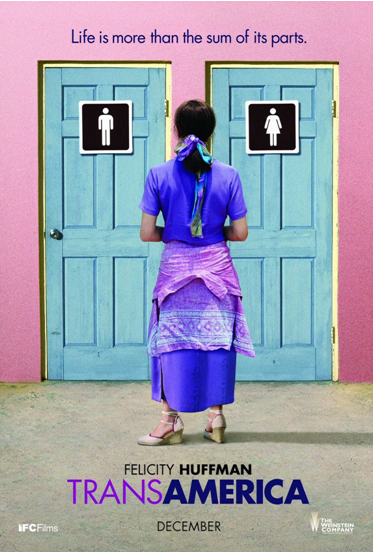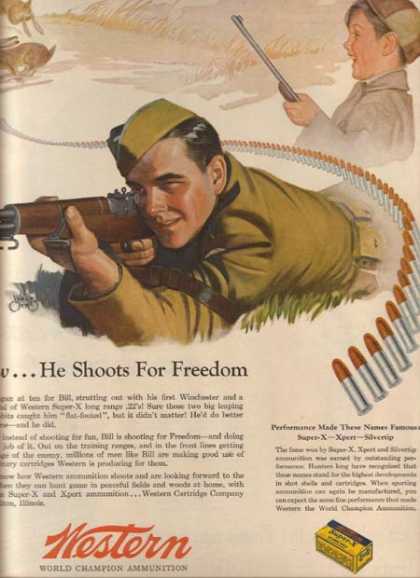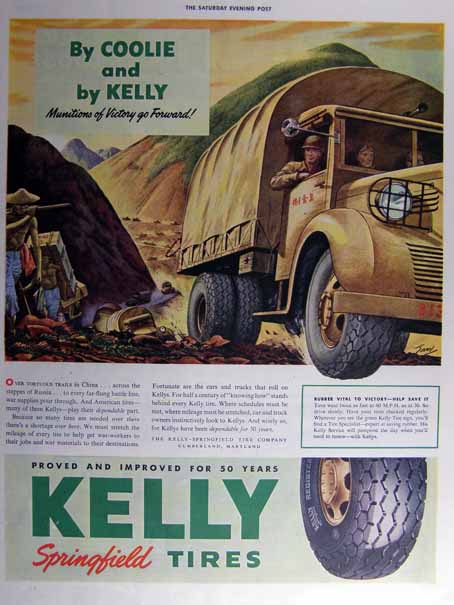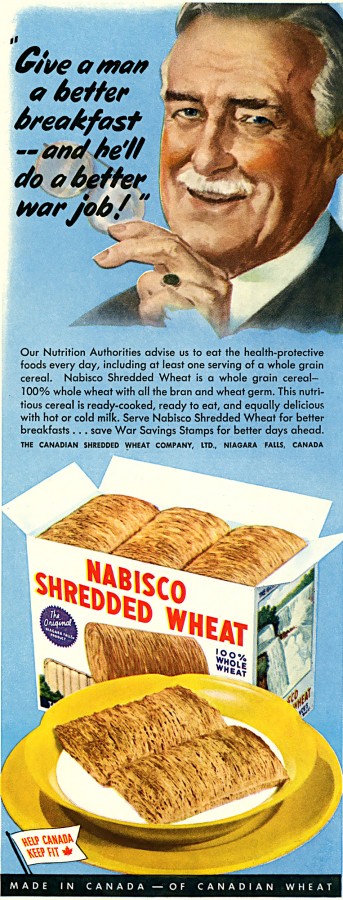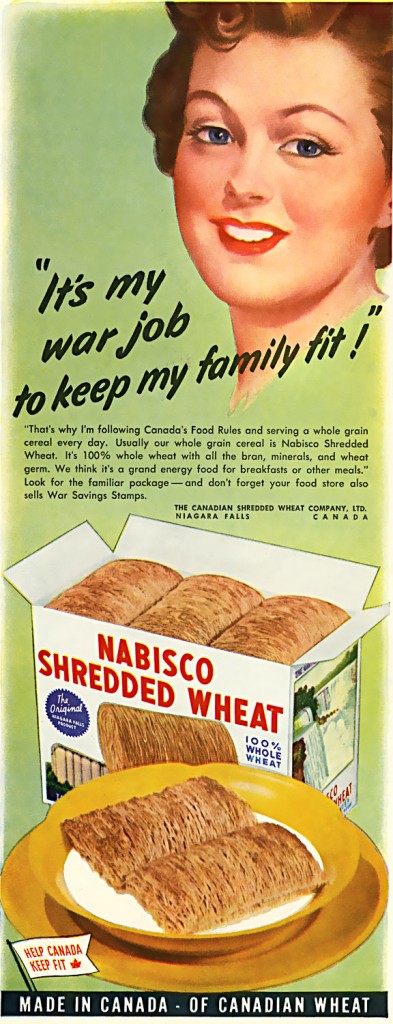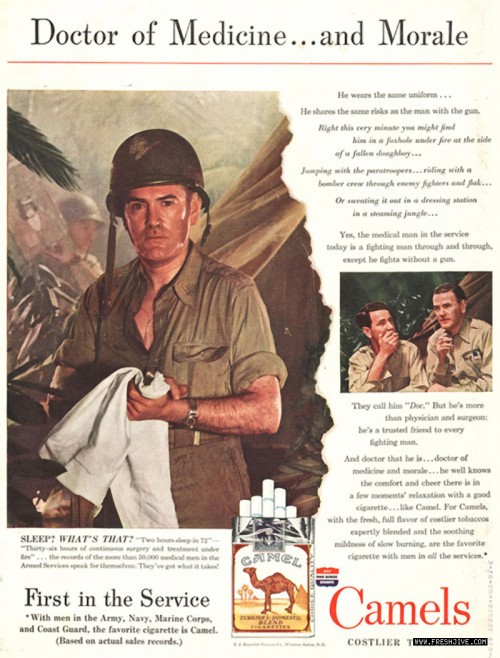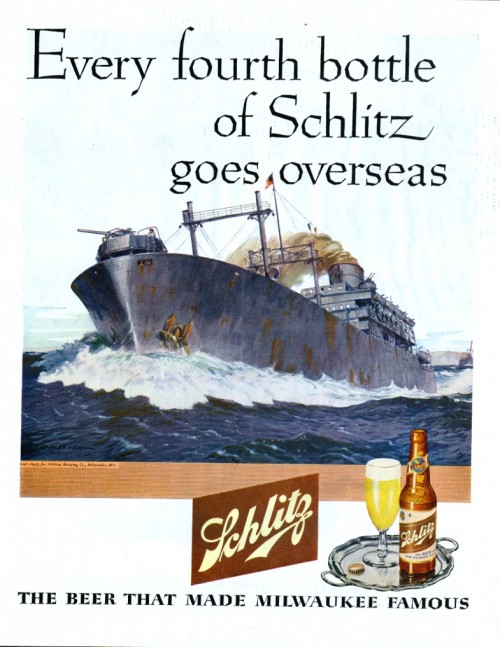 In a previous post I discussed data showing the growing income inequality in the U.S.: the middle class is shrinking, the poor are getting poorer, and the rich are getting richer. It turns out that corporations understand what is happening and they are responding. In brief, they are letting go of the middle class as a market and restructuring their offerings to appeal to the top and bottom of the income distribution.
In a previous post I discussed data showing the growing income inequality in the U.S.: the middle class is shrinking, the poor are getting poorer, and the rich are getting richer. It turns out that corporations understand what is happening and they are responding. In brief, they are letting go of the middle class as a market and restructuring their offerings to appeal to the top and bottom of the income distribution.
Below the jump (warning, it automatically starts playing with sound) is an enlightening five minute discussion of this new business strategy on Daily Ticker video:







